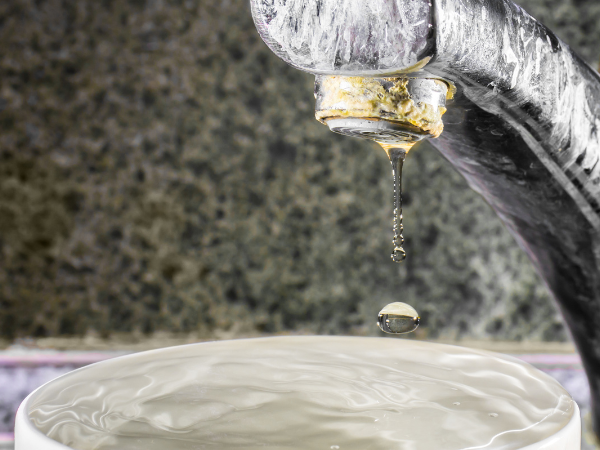Spin Down Sediment Filter

What Is A Spin Down Sediment Filter?
It is critical to our health and well-being to ensure that we always have access to clean, safe drinking water. Sand, silt, and debris are all examples of sediment particles that can make their way into our water system and cause problems like poor water pressure and clogged drains. In response to these problems, spin down sediment filters have become widely used.
One method of water filtration is the spin down sediment filter, which targets sediment particles. Spin down filters use a reusable and self-cleaning mechanism, as opposed to the disposable cartridges used by standard sediment filters. The filter is often set up at the water's first point of entry into the house or building, filtering the water as it enters.
The theory behind spin down sediment filters is straightforward, yet effective. When water enters the filter, it passes through a chamber where a screen or mesh filter element is located. The centrifugal force created by the water's forced rotation draws the silt particles in toward the chamber's walls. Meanwhile, the clean water flows past the filter element on its way to the fixtures and gadgets. Over time, the sediment particles aggregate and fall to the chamber floor, where they are trapped by gravity. Spin down filters have a blow-down or flush valve built in to keep them functioning at peak efficiency. To avoid blockage and maintain constant water flow, the flush valve can be used to remove silt from the system.
How A Spin Down Sediment Filter Cleans Your Water
Centrifugal force is used by spin down filters to remove debris from the water. Water is compelled to shift direction as it enters the filter chamber, producing a swirling motion. The centrifugal force created by this motion forces silt particles toward the chamber's walls. Sand, silt, and other heavy sediment particles are thrown against the walls by their own inertia, while the lighter, purer water is allowed to flow past the filter element.The sediment settles to the bottom of the filter chamber as it is pushed up against the walls. Sediment that has collected at the bottom of the chamber does not clog the clean water's flow channel. This settling process ensures that the water leaving the filter is not tainted by sediment by preventing the sediment from being re-entrainment into the water supply.
The sediment load, water flow rate, and system design can all affect how long it takes for the cleaning cycle to complete, which includes the flushing procedure. The self-cleaning procedure often only takes a few minutes, allowing for effective silt removal with minimal water waste. Variables like water quality and usage determine how often the self-cleaning cycles occur, which can be anywhere from once per day to once per week.
The settled silt is picked up by the high-velocity stream as it moves through the filter chamber and directed toward the flush valve or blow-down exit. The sediment-laden water is flushed out of the system through a valve that opens during the flushing procedure. The material that is flushed out usually goes down the drain or into the sewage treatment facility.




